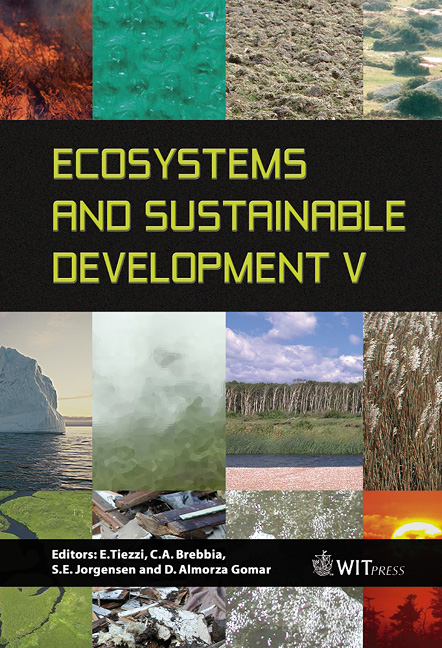Light Control Of The Productivity Of Aquatic Ecosystems
Price
Free (open access)
Transaction
Volume
81
Pages
9
Published
2005
Size
1,541 kb
Paper DOI
10.2495/ECO050501
Copyright
WIT Press
Author(s)
A. Cózar
Abstract
The role of nutrients in the control of productivity of aquatic ecosystems has been deeply studied in the past century. The role of light, however, remains less well understood despite the fact that light often becomes the main controlling factor of the aquatic ecosystems. The theoretical bias between nutrient and light control may have arisen due to the complexity in modelling the light environment of aquatic ecosystems (e.g., spatial-temporal variability of algal exposure, competing presence of optically active abiotic components, negative feedback of algal auto-shading). In the present work, we develop an ecosystem-specific model to determine the carrying capacity of algae from the light-biomass conversion efficiency. The feasibility of this method was demonstrated on two diverse ecosystems, the phytoplankton community of the Lake Victoria (East Africa) and the microphytobenthos community of the lacustrine system of the Ibera wetlands (South America). The relationship between maximum supportable algal biomass and light availability, mixing depth and background light attenuation was also determined. Such information has important implications on the investigation, modelling and management of the aquatic ecosystems Keywords: aquatic productivity, photosynthesis, light control, euphotic depth, Lake Victoria, optical modelling.
Keywords
aquatic productivity, photosynthesis, light control, euphotic depth, Lake Victoria, optical modelling.





